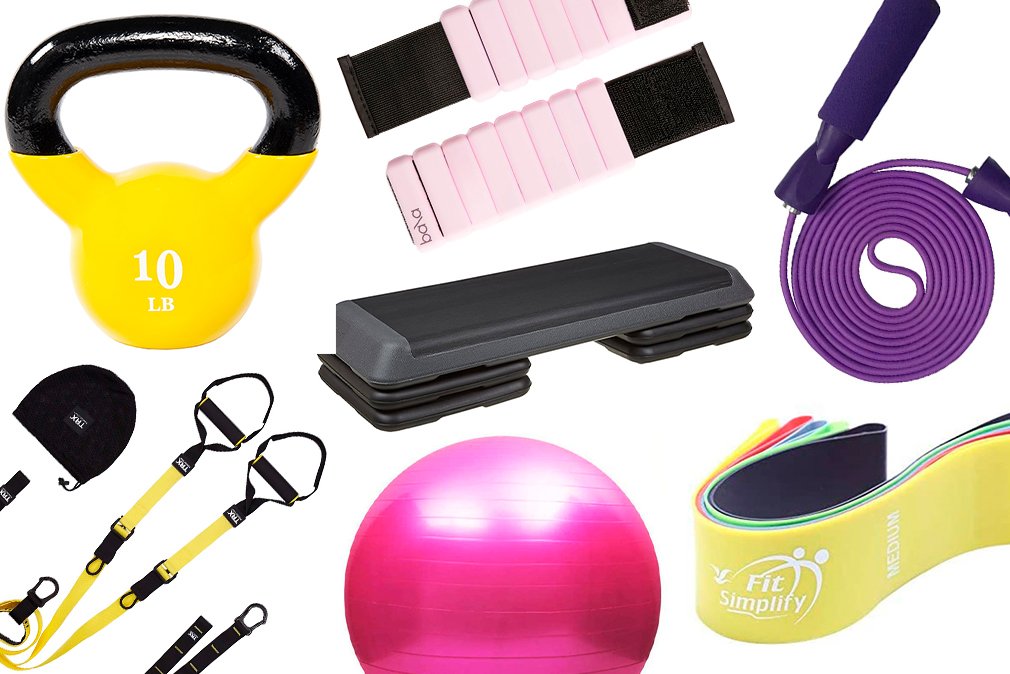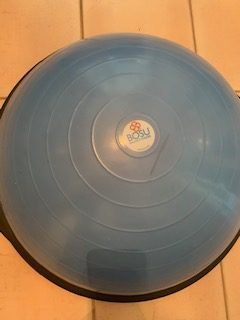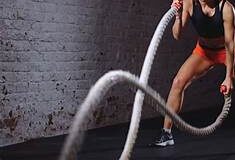
10 Tips to Optimal Wellness
What are you saying “yes” to when you should be saying “no”?

Earth Day Workout!
Exercise for Earth Day!
Less than 5% of Adults are in Proper Care for Their CHD
…And now I know why. Let’s be real, shall we? It is not because we were told we were fixed. It is not because we do not care. It is because of the Affordable Care Act. Our choice of providers has been taken from us by hospitals who can gobble up doctors whos own practice […]

Full Body Workout
Get ready for some fun! Combining these 5 exercises makes for one amazing full body workout that will promote your overall strength and balance. You can do this workout anywhere! Time: This workout can take as much time as you have! If you have 15 minutes, maybe do 2 rounds of 30 seconds of work […]

Wellness Journal
Track your progress using this journal so yo know what is working for you and what is not.

World Heart Day!
What could you do that would benefit your heart and help others around the world with their hearts

Ending the Confusion about how Cardiovascular Exercise affects the Body
The benefits of regular exercise are endless and priceless!

Creating Balance
Part of any good exercise program includes some functional exercises..

Are you stressed? Anxious? Try exercise!
Exercise is beneficial for both stress and anxiety.

A challenging gym circuit
Together we can reach your health and fitness goals
